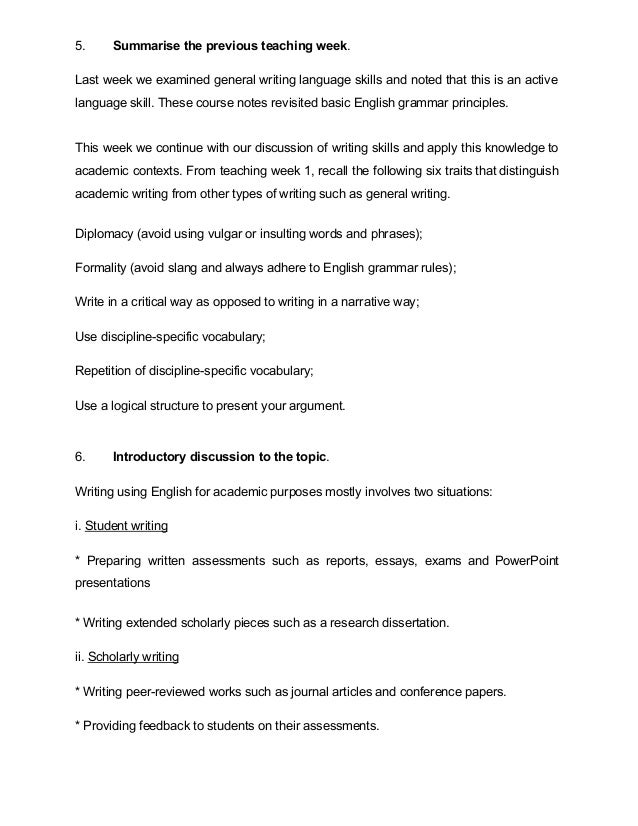English For Academic Purposes Pdf
The Routledge Handbook of English for Academic Purposes provides an accessible, authoritative and comprehensive introduction to English for Academic Purposes (EAP), covering the main theories, concepts, contexts and applications of this fast growing area of applied linguistics. PDF| English for Academic Purposes (EAP) is an established domain of research, teaching, and assessment within additional/second language education. In this article we examine the. English for academic purposes (EAP) has emerged out of the broader fi eld of English for specifi c purposes (ESP), defi ned by its focus on teaching English specifi cally to facilitate learners.
English for academic purposes (EAP), commonly known as Academic English, entails training students, usually in a higher education setting, to use language appropriately for study. It is one of the most common forms of English for specific purposes (ESP).

An EAP program focuses instruction on skills required to perform in an English-speaking academic context across core subject areas generally encountered in a university setting.[1] Programs may also include a more narrow focus on the more specific linguistic demands of a particular area of study, for example business subjects.[2] Programs may be divided into pre-sessional courses and courses taken alongside students' other subjects. In the former case, sometimes EAP courses may be intended to raise students' general English levels so that they can enter university. In the UK, this often means endeavouring to help students get a score of 6 or above in the IELTS (International English Language Testing System) examination. In the US, this can mean helping students attain a score of 80 or greater on the TOEFL (Test of English as a Foreign Language) or more than 4 on the ITEP (International Test of English Proficency). Outside Anglophone countries, English-medium universities may have a preparatory school where students can spend a year or two working on their English and academic skills before starting degree courses. EAP courses running alongside other degree courses may be based on the American English and Composition model, or may employ Content-based instruction, either using material from the students' degree subjects or as an independent, elective-like course. These in-sessional courses may be desirable more to help students develop study skills and required academic practices than for language development.[2]
In common with most language teaching, EAP instruction teaches vocabulary, grammar and the four skills (reading, writing, speaking - including pronunciation - and listening), but usually tries to tie these to the specific study needs of students; for example, a writing lesson would focus on writing essays rather than, say, business letters. Similarly, the vocabulary chosen for study tends to be based on academic texts. In addition, EAP practitioners often find that, either directly or indirectly, they are teaching study skills and often having to tackle differences in educational culture, such as differing attitudes to plagiarism.[3] This trend has become more prominent as the numbers of foreign students (especially from China) attending UK universities, and other institutions across the English-speaking world, has increased over the last decade. Often, students from China claim they don't know plagiarism is wrong, but this in fact is seldom true because they think copying, or any way to save face, such as a good grade, is justified. One of the challenges EAP instructors face.
There is some debate amongst EAP teachers as to the best way to help students with academic English.[2][4] On the one hand, students might be taught particular conventions but not expected to understand why they need to adapt their writing; a pragmatic approach. On the other hand students might be encouraged to challenge writing conventions and only adopt them if they seem justified; a critical approach.[2][4] Recently attempts have been made to try and reconcile these opposing views. A critical pragmatic approach to EAP encourages students to develop writing conventions required by universities while also encouraging them to think about the reasons why these conventions exist.[2][4]
See also[edit]
References[edit]
- ^'English for Academic Purposes'. Retrieved 22 July 2013.
- ^ abcdeCatterall, Stephen John (October 2010). 'Developing Writing Skills for International Students: Adopting a critical pragmatic approach'(PDF). Practice and Evidence of Scholarship of Teaching and Learning in Higher Education. 5 (2): 98–114.
- ^Ireland, Chris; English, John (September 2011). 'Let Them Plagiarise: Developing Academic Writing in a Safe Environment'. Journal of Academic Writing. 1 (1): 165–172. doi:10.18552/joaw.v1i1.10.
- ^ abchttp://www.nuis.ac.jp/~hadley/publication/espj-harwood-hadley/critical-pragmatism-proof.pdf
